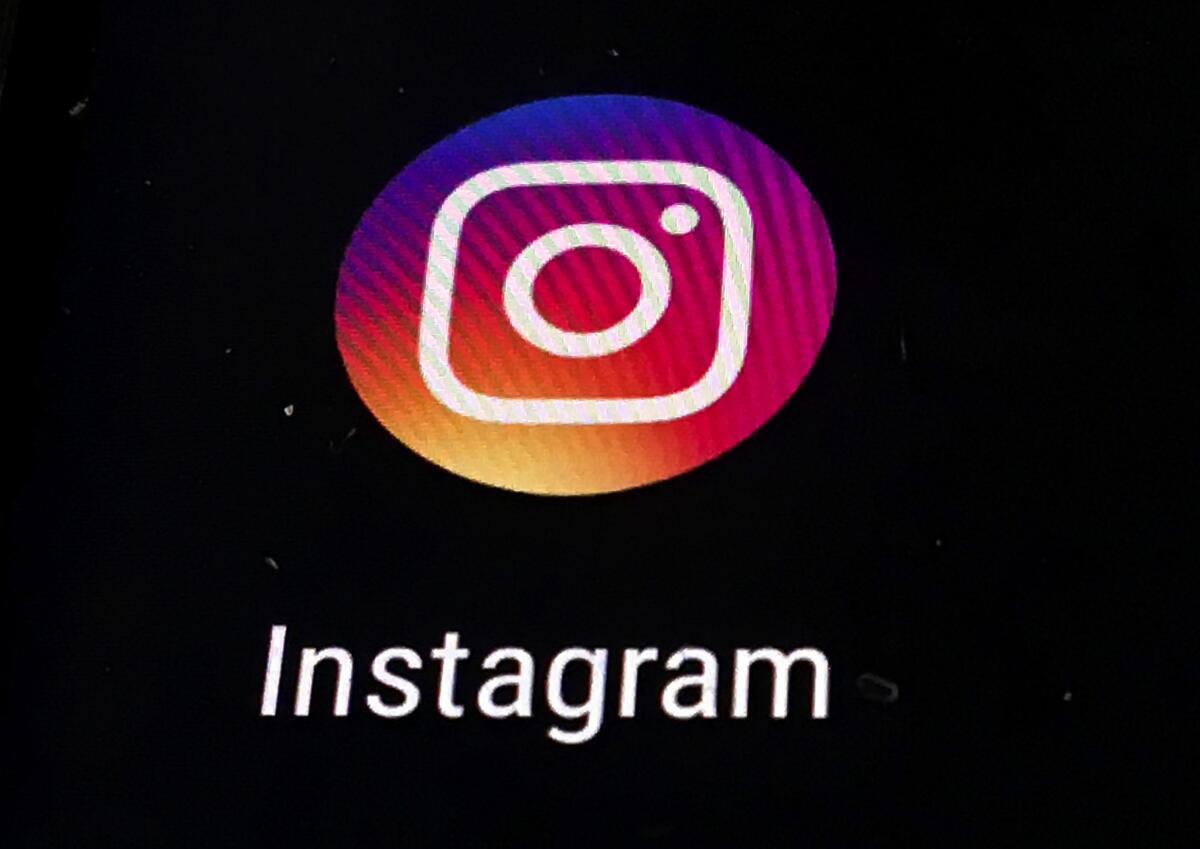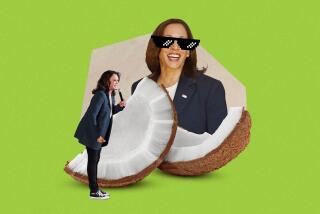Brands are taking the meme route to attract teenagers

Big brands usually take their ad campaigns very seriously. But sometimes they don’t. In their latest attempt to win over the coveted Generation Z, companies from Uber to Netflix are laughing at themselves in sponsored memes, or funny vignettes, on Instagram.
Meme accounts compile text and images or short videos that poke fun at a cultural symbol or social idea. They’re funny, can be curated by a 12-year-old or an ad agency, and rack up millions of followers. Teenagers love memes, and brands love teens.
“As a brand, if you’re able to tap into these really topical memes in an authentic way, I think it’s a really powerful tool to show Gen Zs and Millennials what your brand stands for, and also that you’re a brand that gets them and their lifestyle,” said Carrie Dino, media director at creative advertising agency Mekanism.
Meme accounts are a way for brands to reach a powerful audience that doesn’t consume media in the same way their parents and grandparents did. Gen Z, roughly between the ages of 7 and 22, is the biggest consumer cohort globally, with spending power to the tune of more than $143 billion in the U.S. alone. And while Instagram remains the most popular social platform among teenagers, Dino said meme accounts are one of the fastest growing parts of Instagram.
Tech companies and dating apps like Bumble and Hinge were among the first to seize on the potential of memes for advertising, but more traditional brands like JetBlue Airways and Budweiser have also bought sponsored content on meme accounts.
In the past, companies trying to reach young people online have turned to Instagram’s influencers, often beautiful people who post aspirational content, to spread their message. But as the influencer market grows, from an estimated $5.5 billion in 2019 to $22.3 billion by 2024 according to a study by Markets and Markets, influencers have also come to be seen as inauthentic, especially as ads have flooded the site.
Memes, often sarcastic or self-deprecating in tone and far less polished than influencer posts, offer an alternative voice. Speaking the same language helps brands get higher engagement from their target audience too. Mekanism’s Dino said that when the agency partners with meme accounts to create content for paid posts, “it’s typical that we will see engagement rates of 30% across Facebook and Instagram.” For the same campaign, influencer or brand content drives rates of about 1% to 15%.
When Molly Fedick, creative director at Hinge, joined the company, she “immediately thought memes would be a fantastic way to reach potential customers in a place that they were already hanging out, and in a way that would be entertaining for them to engage with.” Hinge, which has sponsored ads on meme pages that recount dating misadventures, has seen “absolutely incredible” results from meme advertising and is increasing the portion of their marketing budget to that format, she said.
Uber partnered with Jesse Margolis, who runs the popular “Overheard LA” and “Overheard New York” accounts with funny commentary about life in the cities, to create “Overheard Uber,” which posts jokes about humorous and sometimes awkward Uber interactions.
While brands who work with influencers often retain control of the content, down to writing the caption below a picture, to be successful with meme pages they need to be able to let go and make fun of themselves a bit, said Beca Alexander, founder and president of Socialyte, an agency that matches influencers with companies.
Lola Tash and Nicole Argiris have 4.3 million followers on their Instagram meme account “My Therapist Says.” But unlike Instagram influencers, they rarely post photos of themselves, instead filling their feed with screenshots of Twitter jokes and commentary about failed diets, career setbacks and other hiccups of early 20s life. The page started as a way for the two women to keep in touch after college, but now it’s a full-time job.
In 2017, an executive at Gucci who followed MyTherapistSays proposed using memes as part of the strategy for launching a line of Le Marche des Merveilles watches. Tash and Argiris jumped at the chance and were flown to Switzerland for the debut. Their memes were featured in Vogue. Since then, Tash has advertised with other large companies, including Universal Music Group, Jet Blue and Uber.
Another advantage of advertising on memes is that it’s about 60% cheaper than placing an ad on an influencer post, according to Zeenat Salimi, head of integrated marketing at Viral Nation, a talent agency that represents meme pages. An individual sponsored post can cost from $300 to $5,000, according to Salimi. But that’s likely to change. The trajectory of meme advertising “is going to be insane,” she said.
Because the industry is still so young, right now there is “no set precedent and no set rules” for how to monetize memes or what rate to ask for ads, according to Tash. MyTherapistSays typically charges $7,000 to $20,000 per ad campaign.
While influencers offer a more personalized endorsement of a product, meme ads are typically more viral and more likely to spread outside the account. An influencer might prompt a follower to buy a certain lipstick, or share that post with one friend who likes makeup, said Socialyte’s Alexander. But unlike a funny meme, “the chances of her sharing that with 20 of her friends is pretty slim.”
Still, meme marketing also comes with risks; some accounts have been accused of reposting comedians’ jokes without permission, and Instagram has responded by banning some meme accounts, including those with millions of followers.
Navigating the Wild West world of memes can be complicated for large companies. Brands have to be willing to relinquish some control to be successful with memes, and page runners say some companies are better at that than others.
“It’s really going to depend on your brand,” said Salimi. It can fall flat when “the big corporate guy tries to be funny.”
More to Read
Inside the business of entertainment
The Wide Shot brings you news, analysis and insights on everything from streaming wars to production — and what it all means for the future.
You may occasionally receive promotional content from the Los Angeles Times.










